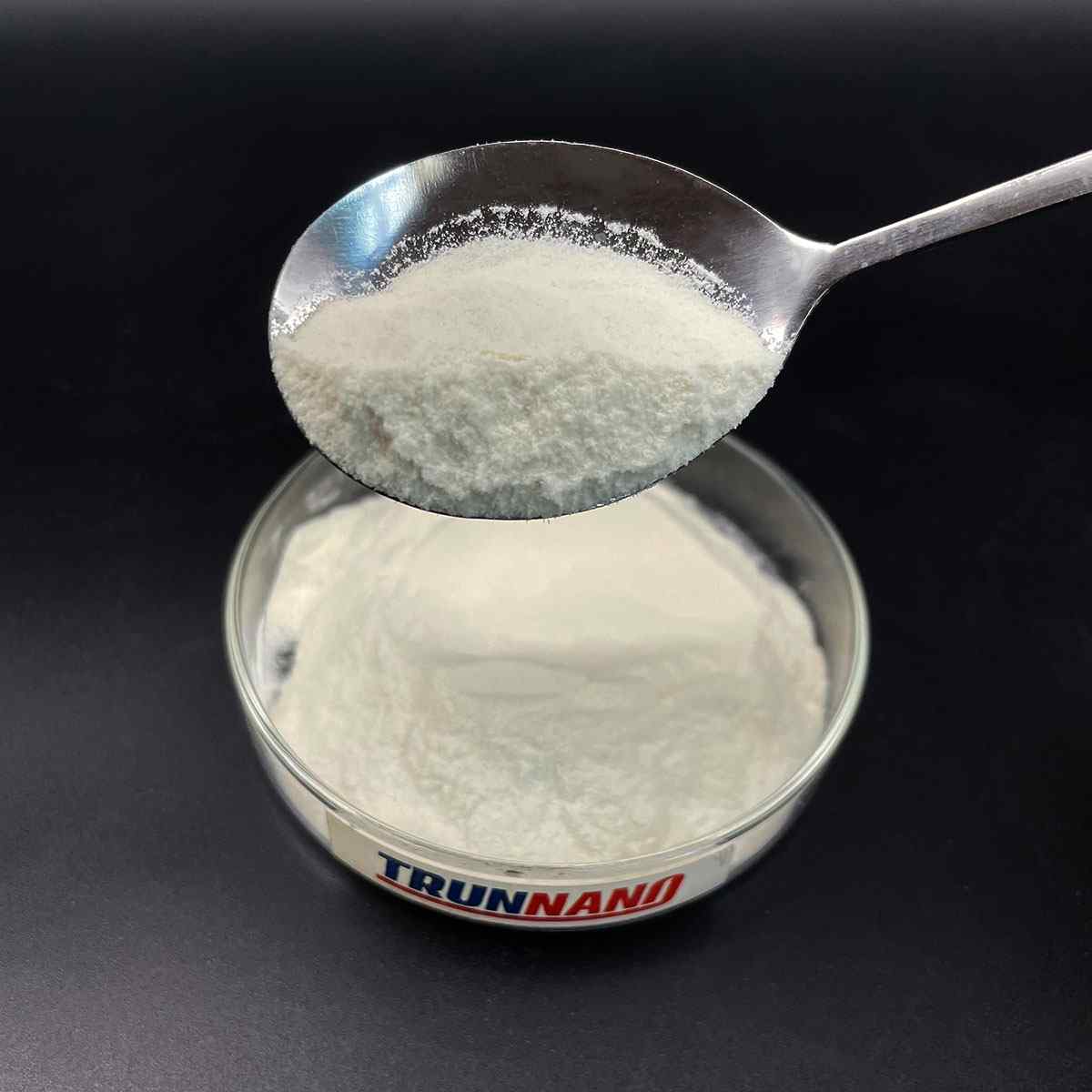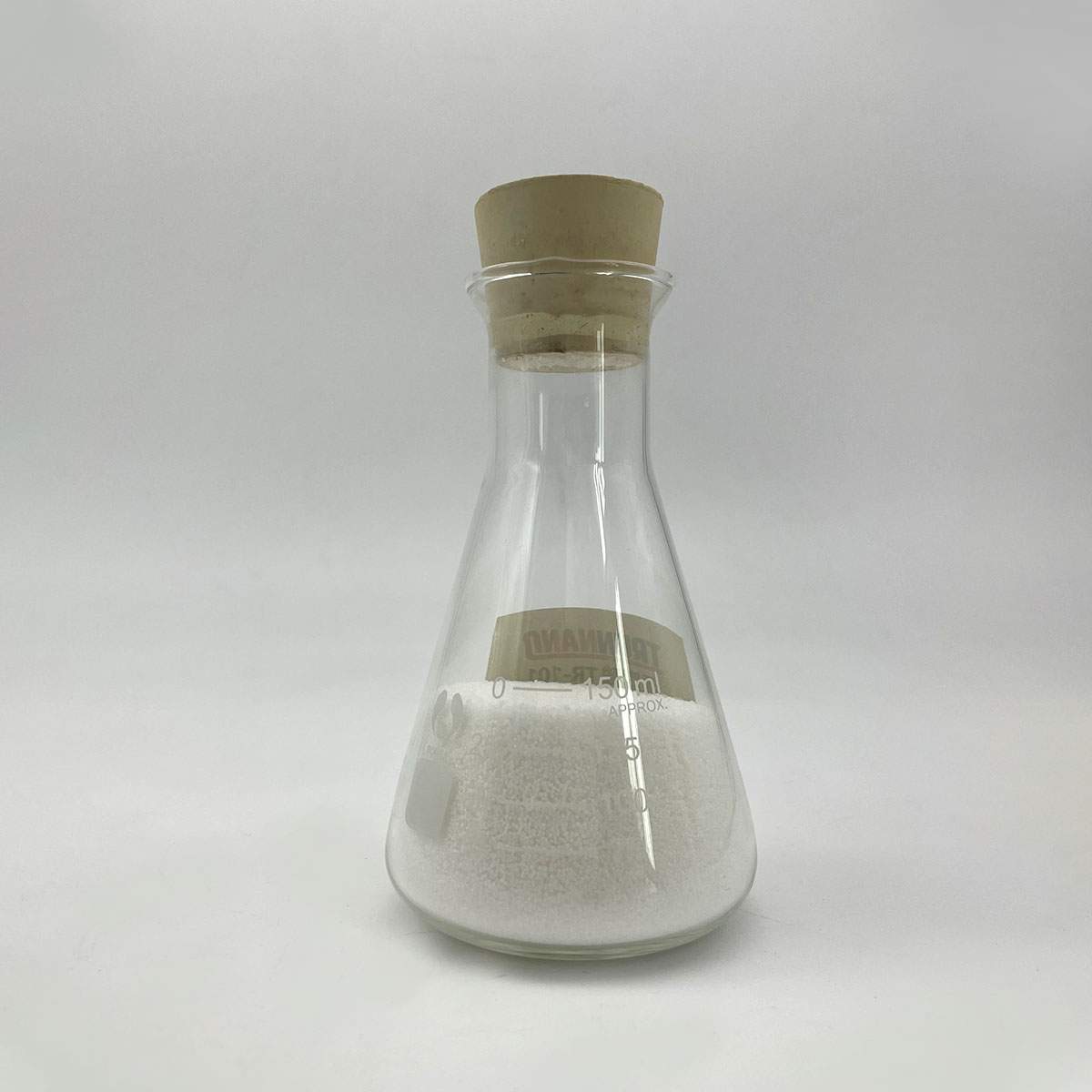Overview of Cas 1304-82-1 high purity Bismuth telluride Bi2Te3 powder
Telluride and selenide compounds play a significant role in the field of semiconductors, particularly in the development of advanced electronic and optoelectronic devices. These materials belong to the chalcogenide family, characterized by their ability to form compounds with elements from groups IV-VI in the periodic table.
Tellurides: Compounds containing tellurium (Te) as the chalcogen. Examples include cadmium telluride (CdTe), mercury telluride (HgTe), and zinc telluride (ZnTe). These materials have found applications in solar cells, infrared detectors, and high-speed electronics due to their tunable bandgap, high electron mobility, and good thermal stability.
Selenides: Similar to tellurides, but with selenium (Se) replacing tellurium. Notable examples are cadmium selenide (CdSe), gallium selenide (GaSe), and zinc selenide (ZnSe). Selenide compounds are widely used in light-emitting diodes (LEDs), laser diodes, and solar cells due to their direct bandgap properties and efficient light absorption/emission capabilities.
Feature of Cas 1304-82-1 high purity Bismuth telluride Bi2Te3 powder
Direct Bandgap: Many telluride and selenide semiconductors have direct bandgaps, which facilitate efficient light emission and absorption processes. This makes them suitable for optoelectronic applications such as LEDs and lasers.
Tunable Bandgap: The bandgap of these materials can be adjusted by alloying or altering the composition (e.g., CdSe to CdTe), enabling customization for specific device requirements across a wide spectrum of wavelengths.
High Electron Mobility: Materials like HgCdTe exhibit high electron mobility, which is crucial for high-speed electronic devices and low-noise detector applications.
Thermal Stability: Some tellurides and selenides, like ZnTe and ZnSe, demonstrate good thermal stability, making them suitable for high-temperature operation and processing.
Non-Toxic Alternatives: With increasing environmental concerns, there’s a push towards exploring less toxic alternatives to commonly used semiconductors. For instance, Cd-based tellurides and selenides are being replaced or combined with less toxic elements like Mg or Mn in some applications.

(Cas 1304-82-1 high purity Bismuth telluride Bi2Te3 powder)
Parameters of Cas 1304-82-1 high purity Bismuth telluride Bi2Te3 powder
Bismuth Telluride (Bi2Te3), also known as Bismuth Tetroxide, is a fascinating inorganic compound that belongs to the family of chalcogenides. With the chemical formula Bi2Te3, it is composed of two bismuth atoms (Bi) bonded to three tellurium atoms (Te). Cas 1304-82-1 refers to its specific identification number assigned by the Chemical Abstracts Service (CAS), which is a globally recognized system for cataloging chemical substances.
High purity Bi2Te3 powder is a material of significant interest due to its unique properties and versatile applications. It is an intrinsically n-type semiconductor, making it attractive for electronic and optoelectronic devices. The high purity ensures minimal impurities, granting it exceptional performance in devices like photovoltaic cells, thermoelectric generators, and infrared sensors.
One of the key features of Bi2Te3 is its layered crystal structure, which contributes to its excellent thermal conductivity along the crystal planes. This property, combined with its relatively low electrical resistivity, makes it a promising material for thermoelectric power generation, where heat is converted into electricity. The Seebeck effect, where a voltage is generated when a temperature gradient is applied, is particularly efficient in high purity Bi2Te3.
In addition to its thermoelectric capabilities, Bi2Te3 has been explored for use in spintronics and quantum computing due to its strong spin-orbit coupling. This unique property allows for manipulation of electron spins, enabling novel functionalities in data storage and processing devices.
The high purity of Bi2Te3 powder also ensures its compatibility with advanced fabrication techniques, such as thin film deposition methods, which are crucial for creating high-performance nanostructured devices. Its compatibility with various substrate materials makes it a versatile choice for integrating into heterostructures.
From a chemical perspective, Bi2Te3 is stable under ambient conditions but can be synthesized through various routes, including direct reaction between bismuth and tellurium elements or via intermediate compounds. The synthesis process must be carefully controlled to achieve the desired purity level, which is typically above 99.9% for industrial applications.
In conclusion, Cas 1304-82-1 high purity Bismuth Telluride (Bi2Te3) powder is a technologically important material due to its semiconducting properties, thermal conductivity, and spintronic potential. Its high purity ensures reliable performance in a wide range of applications, from thermoelectric devices to emerging technologies. As research continues to advance, the demand for high-quality Bi2Te3 will likely grow, making it a material of significant relevance in the field of materials science and engineering.

(Cas 1304-82-1 high purity Bismuth telluride Bi2Te3 powder)
FAQ of Semiconductor Materials
Inquiry us





